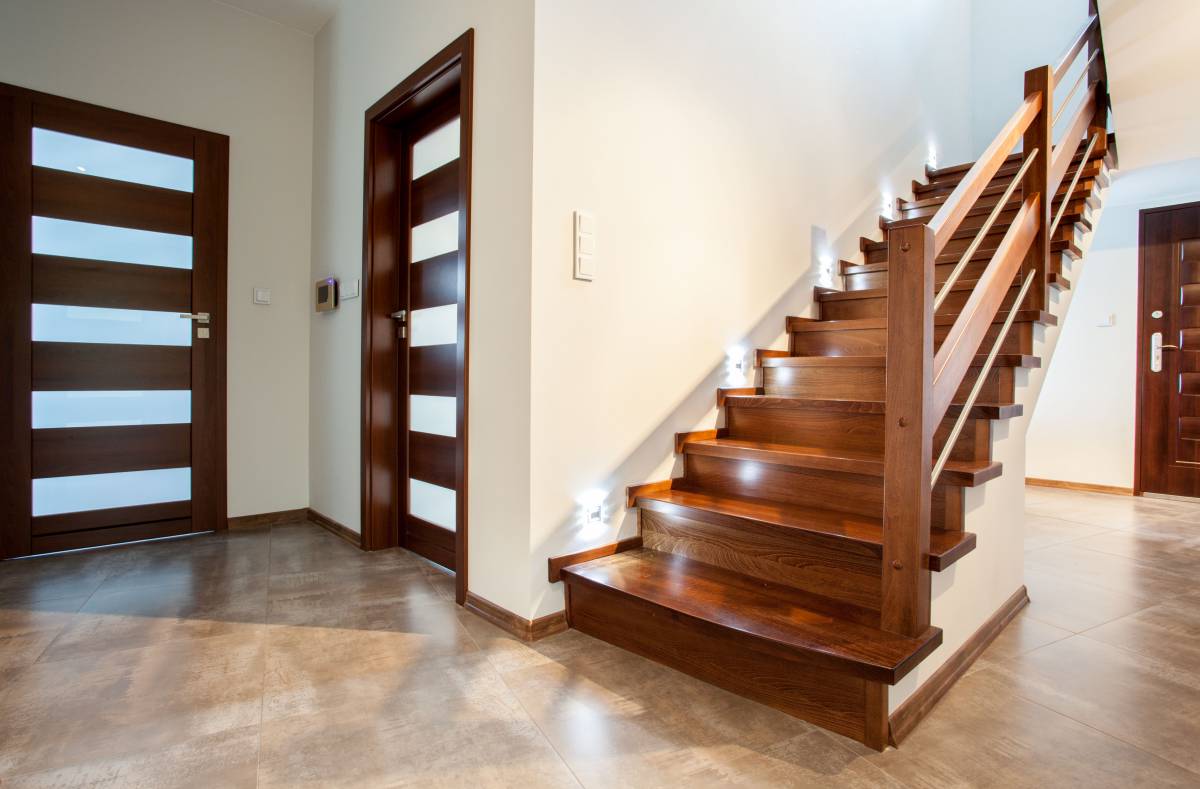

Articles
How Much Does It Cost To Refinish Stairs
Modified: December 7, 2023
Discover the average cost of refinishing stairs in this informative article. Get expert tips and insights to help you plan your stair refinishing project and budget effectively.
(Many of the links in this article redirect to a specific reviewed product. Your purchase of these products through affiliate links helps to generate commission for Storables.com, at no extra cost. Learn more)
Introduction
Welcome to the world of stair refinishing! If you have worn-out or outdated stairs, refinishing them can breathe new life into your home. However, before embarking on this project, it’s essential to understand the cost involved. While the cost of stair refinishing can vary depending on various factors, having a ballpark estimate can help you plan your budget accordingly.
Refinishing stairs involves refreshing their appearance by removing any old finishes, repairing any damage, applying new finishes, and potentially changing the color or style. Whether you want to restore the natural beauty of hardwood stairs or give a fresh look to painted stairs, the process of refinishing can transform your staircase into a stunning focal point.
Before we dive into the factors that affect the cost of stair refinishing, it’s important to note that prices may vary based on your geographic location, the complexity of the project, and the materials used. The following information will provide you with a general idea of the average costs involved.
Key Takeaways:
- Stair refinishing costs vary based on factors like material, design, and location. DIY can save money, but hiring a professional ensures expertise and guaranteed results, albeit at a higher price.
- To save money on stair refinishing, consider DIY for certain tasks, shop around for materials, and plan for proper maintenance. Careful budgeting and smart decisions can make the project a success.
Factors Affecting the Cost of Stair Refinishing
When it comes to refinishing stairs, several factors can impact the overall cost of the project. By understanding these factors, you can better estimate the expenses involved and make informed decisions. Here are some key factors to consider:
- Staircase Material: The material of your stairs plays a significant role in determining the cost. Hardwood stairs, such as oak or maple, tend to be more expensive to refinish compared to softwood or laminate stairs.
- Staircase Design and Complexity: The design and complexity of your stairs can affect the cost. If your staircase has intricate details, multiple landings, or curved sections, it may require more time and effort, which could result in higher labor costs.
- Condition of the Stairs: The current condition of your stairs will impact the refinishing cost. If your stairs have extensive damage or require extensive repairs, additional materials and labor will be needed, increasing the overall cost.
- Size of the Staircase: The size of the staircase, including the number of steps, landings, and transitions, will influence the cost. Larger staircases generally require more materials and labor, leading to higher expenses.
- Finishing Options: The type of finish you choose for your stairs will affect the cost. Different finishes, such as polyurethane, oil-based finishes, or water-based finishes, have varying prices. Additionally, if you decide to change the color or stain of the stairs, it may involve extra steps and materials.
- Location: The location of your property can impact the cost of stair refinishing. Labor rates and material prices can vary depending on the region or city, so it’s essential to consider the local market when budgeting for the project.
Keep in mind that these factors are not exclusive, and multiple factors can interact to influence the final cost. It’s crucial to consult with professionals to get accurate estimates based on your specific staircase and requirements. By understanding the factors that affect the cost, you can make informed decisions that align with your budget and expectations.
Material Costs
When refinishing stairs, material costs can vary depending on the type of materials you choose. Here are some common materials and their associated costs:
- Sanding Materials: Sanding is a crucial step in refinishing stairs to remove old finishes and prepare the surface for new stains or finishes. The cost of sandpaper or sanding discs can range from $20 to $40, depending on the quantity and quality.
- Stain or Paint: If you wish to change the color of your stairs, you will need to purchase stain or paint. The cost can range from $20 to $50 per gallon, depending on the brand and quality. It’s recommended to choose a high-quality stain or paint to ensure durability and a beautiful finish.
- Finish: Applying a protective finish is essential to protect the stairs and enhance their appearance. A gallon of polyurethane finish can cost anywhere from $30 to $60, depending on the brand and type (water-based or oil-based). Keep in mind that the number of coats required will also impact the total cost.
- Repair Materials: If your stairs have any damage or need repairs, you may need to purchase additional materials such as wood filler, putty, or adhesive. The cost will depend on the extent of the repairs needed, but it’s advisable to budget around $30 to $50 for these materials.
- Protective Equipment: When working on refinishing stairs, it’s important to wear appropriate protective equipment such as gloves, goggles, and masks. These items can typically be purchased for around $10 to $30, depending on the quality and brand.
It’s important to note that these are general estimates, and prices may vary based on your location and the specific products you choose. Additionally, keep in mind that the quantity of materials required will depend on the size and condition of your staircase. To get a more accurate estimate, consult with professionals or visit your local home improvement store to get an idea of the current prices.
Labor Costs
When it comes to stair refinishing, labor costs can make up a significant portion of your overall expenses. Hiring a professional to handle the refinishing process ensures a high-quality result but comes with a price. Here are some factors to consider when estimating labor costs:
- Hourly Rates: Professionals typically charge an hourly rate for their services. The hourly rate can vary depending on the experience and expertise of the contractor, as well as the location. On average, you can expect to pay between $40 to $80 per hour for skilled labor.
- Complexity of the Project: The complexity of your staircase can impact the labor costs. If your stairs have intricate details, curves, or multiple landing areas, it may require more time and effort to complete the refinishing process, thus increasing the labor costs.
- Preparation and Cleanup: In addition to the actual refinishing work, professionals also need to prepare the area and clean up afterward. This includes protecting surrounding surfaces, removing old finishes, sanding, and applying new finishes. The time spent on preparation and cleanup will influence the overall labor costs.
- Additional Services: If you require additional services such as repairs, replacing stair treads, or modifying the design of your stairs, it may incur additional labor costs. These services will be quoted separately by the professional.
- Number of Stairs: The number of stairs in your staircase will also impact the labor costs. Larger staircases will generally require more time and effort to complete the refinishing process, leading to higher labor costs.
It’s important to obtain multiple quotes from different professionals to compare labor costs and services. Keep in mind that the cheapest option may not always be the best. Look for experienced contractors who can provide references and a portfolio of their work to ensure a high-quality finish.
While hiring a professional can be more expensive, it offers several advantages, including expertise, efficiency, and a guarantee of quality. However, if you are skilled in DIY projects and have the necessary tools, you can save money by tackling the refinishing process yourself. We will explore the pros and cons of DIY versus hiring a professional in the next section.
Additional Costs to Consider
When budgeting for stair refinishing, it’s important to consider additional costs that may arise during the project. These costs can vary depending on your specific circumstances and requirements. Here are some common additional costs to consider:
- Staircase Repairs: If your stairs have significant damage or structural issues, you may need to invest in repairs before refinishing. This can include fixing loose or squeaky steps, repairing cracks or chips, or replacing damaged stair treads. The cost of repairs will depend on the extent of the damage and the materials needed.
- Temporary Living Arrangements: Depending on the size and complexity of the refinishing project, you may need to temporarily relocate or make alternative living arrangements. This is especially true if your main staircase is out of commission during the refinishing process. Consider the cost of temporary accommodation or staying with family and friends.
- Disposal of Waste Materials: Refinishing stairs can generate a significant amount of waste materials, including old finishes, sanding dust, and damaged parts. You may need to factor in the cost of waste disposal services or renting a dumpster to remove and dispose of these materials properly.
- Permits and Inspections: Depending on your local regulations, you may need to obtain permits and schedule inspections for the refinishing project. These permits and inspections may come with additional costs, so it’s important to check with your local authorities to ensure compliance.
- Temporary Protective Measures: During the refinishing process, you may need to take additional measures to protect your home from dust, scratches, and chemical fumes. This can include using plastic covers, tarps, or protective films on furniture, walls, and flooring. The cost of these temporary protective measures should be taken into account.
It’s important to assess your unique situation and anticipate any additional costs that may arise during the stair refinishing project. By accounting for these costs in your budget, you can avoid any financial surprises and ensure that the project proceeds smoothly.
When budgeting for stair refinishing, consider factors such as the size of the staircase, the type of wood, and any additional services needed, such as repairs or staining. Get multiple quotes to compare costs.
Read more: How Much Does It Cost To Recarpet Stairs
DIY vs Hiring a Professional
When it comes to stair refinishing, you have the option to either tackle the project yourself or hire a professional. Both options have their pros and cons, and it’s essential to consider your skills, time availability, and budget before making a decision.
DIY Stair Refinishing:
- Cost Savings: One of the main advantages of DIY refinishing is the potential for cost savings. By eliminating labor costs, you can significantly reduce the overall expenses of the project. Additionally, you have control over the cost and quality of materials used.
- Flexibility and Control: Doing the refinishing yourself gives you the freedom to work at your own pace and make decisions regarding the design and finishing options. You can experiment with different techniques and colors to achieve the desired look.
- Satisfaction of Accomplishment: Completing a DIY project can be incredibly satisfying. It allows you to take pride in the finished result and showcase your skills and creativity.
However, it’s important to keep in mind that DIY refinishing requires proper skills, tools, and time commitment. The process involves several steps, including sanding, repairing, staining, and applying finishes. Mistakes or lack of experience can lead to subpar results or damage to your stairs.
Hiring a Professional:
- Expertise and Experience: Professionals have the necessary skills and experience to deliver high-quality results. They are knowledgeable about different wood types, finishes, and techniques, ensuring a superior and long-lasting finish.
- Time Savings: Hiring a professional allows you to save time and effort that would be required for the refinishing process. Professionals have the expertise, tools, and resources to complete the project efficiently, minimizing disruptions to your daily routine.
- Guaranteed Results: Reputable professionals often provide warranties on their work, giving you peace of mind in case of any issues or defects. This ensures that you receive a satisfactory outcome and can rely on their expertise.
However, hiring a professional comes with a higher price tag. Labor costs can significantly impact the budget for the project. It is also essential to properly vet and research potential professionals to ensure they have the necessary qualifications and a track record of delivering quality work.
Ultimately, the choice between DIY and hiring a professional depends on your preferences, skills, and budget. If you have the necessary skills and resources, and enjoy taking on DIY projects, refinishing stairs yourself can be a rewarding experience. However, if you value expertise, efficiency, and guaranteed results, hiring a professional may be the better option.
Average Cost of Stair Refinishing
The average cost of stair refinishing can vary depending on several factors. It’s important to note that these numbers are general estimates and can differ based on your location, the complexity of the project, and the materials used. Here’s a breakdown of the average cost range:
DIY Refinishing:
For those opting for a DIY approach, the cost can be significantly lower. On average, the cost of materials for a stair refinishing project can range from $100 to $300, depending on the size of the staircase, the type of finishes used, and any additional repair materials needed.
Professional Refinishing:
If you decide to hire a professional, you can expect both material and labor costs to be significantly higher. On average, the total cost for professional stair refinishing can range from $500 to $2,000 or more, depending on the factors mentioned earlier.
The labor costs for professional stair refinishing typically account for a large portion of the budget. Skilled contractors generally charge an hourly rate of $40 to $80. Keep in mind that the complexity of the project, the number of stairs, and any additional services required can impact the total labor costs.
It’s important to obtain multiple quotes from professionals to get an accurate estimate for your specific staircase. The quotes should include a breakdown of the materials, labor, and any additional costs involved.
Remember that while DIY refinishing may seem more cost-effective, it requires time, effort, and a certain level of skill to achieve professional-looking results. Hiring a professional ensures expert craftsmanship and saves you the hassle of doing it yourself.
Additionally, it’s crucial to consider the long-term benefits of stair refinishing. Refinished stairs not only improve the aesthetic appeal but also increase the value of your home. It’s an investment that can yield significant returns in terms of both visual appeal and potential resale value.
Ultimately, the average cost of stair refinishing will depend on your individual requirements, preferences, and budget. It’s advisable to consult with professionals in your area to get accurate estimates based on your specific staircase and desired outcome.
Tips for Saving Money on Stair Refinishing
Stair refinishing can be a significant investment, but there are several ways to save money without compromising on the quality of the results. Consider these helpful tips to keep your stair refinishing project within budget:
- DIY where feasible: If you have the necessary skills and tools, consider taking on some aspects of the project yourself. Sanding the stairs, removing old finishes, or even applying the new finish can save on labor costs.
- Shop around for materials: Compare prices and look for deals on sandpaper, stains, finishes, and other materials needed for the refinishing. Check out online retailers, local hardware stores, and home improvement centers for competitive prices.
- Opt for economical finishes: While high-end finishes may offer superior durability and longevity, there are affordable options available that still provide satisfactory results. Consider using mid-range finishes that offer a good balance between cost and quality.
- Reuse or repurpose materials: If possible, consider reusing or repurposing materials such as stair treads or handrails instead of replacing them entirely. This can help cut down on material costs and add character to your stairs.
- Get multiple quotes: When hiring a professional, ask for quotes from several contractors. Compare their prices, services, and expertise to find the best balance between cost and quality. Don’t forget to check references and review their past work as well.
- Combine stair refinishing with other home improvement projects: If you have other home improvement projects in mind, try to schedule them together with the stair refinishing. This can help you negotiate a better deal with contractors and minimize disruption to your daily routine.
- Consider partial refinishing: If your stairs are in relatively good condition with only minor wear or damage on certain areas, consider refinishing those specific areas instead of the entire staircase. This can help save both time and money.
- Proper maintenance: After refinishing your stairs, implement a proper maintenance routine to extend their lifespan. This includes regularly cleaning them, using protective pads under furniture, and promptly fixing any issues to prevent further damage or wear.
- Plan and budget: Before starting the project, create a detailed plan and budget to ensure you have a clear understanding of the costs involved. Allow for some contingency funds in case unexpected expenses arise.
By implementing these money-saving tips, you can ensure that your stair refinishing project stays within your budget without compromising on the quality and beauty of the finished result. Whether you choose to take a DIY approach or hire a professional, careful planning and smart decision-making can make your stair refinishing project a success.
Conclusion
Refinishing stairs can be a transformative project that enhances the beauty and value of your home. By considering the factors that affect the cost, understanding material and labor expenses, and exploring different options, you can make informed decisions that align with your budget and preferences.
While DIY refinishing offers cost savings and a sense of accomplishment, it requires skills, time, and effort. Hiring a professional, on the other hand, ensures expertise, efficiency, and guaranteed results, but comes with a higher price tag. Assessing your skills, resources, and priorities will help you determine the best approach for your stair refinishing project.
When budgeting for stair refinishing, it’s important to consider not only the cost of materials and labor but also any additional expenses that may arise, such as repairs or temporary living arrangements. Obtaining multiple quotes from professionals and shopping around for materials can help you find the best prices and services.
Furthermore, implementing money-saving tips like DIY where feasible, shopping for economical finishes, and properly maintaining your stairs after refinishing can help reduce costs and prolong the lifespan of your newly refinished stairs.
In conclusion, stair refinishing can be a worthwhile investment that rejuvenates the look and feel of your home. By understanding the costs involved and making informed decisions, you can embark on this project with confidence, knowing that you are creating a beautiful and inviting staircase that will be enjoyed for years to come.
Frequently Asked Questions about How Much Does It Cost To Refinish Stairs
Was this page helpful?
At Storables.com, we guarantee accurate and reliable information. Our content, validated by Expert Board Contributors, is crafted following stringent Editorial Policies. We're committed to providing you with well-researched, expert-backed insights for all your informational needs.
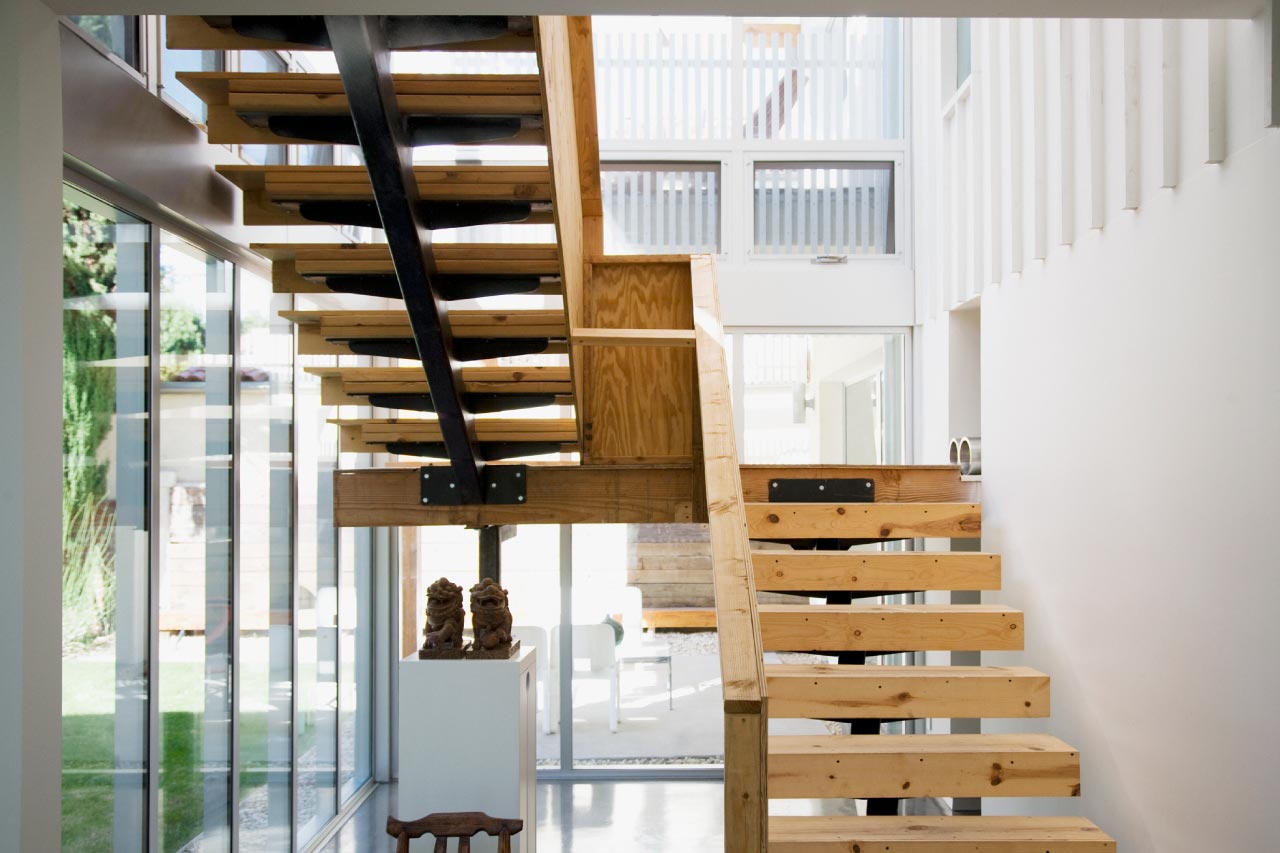
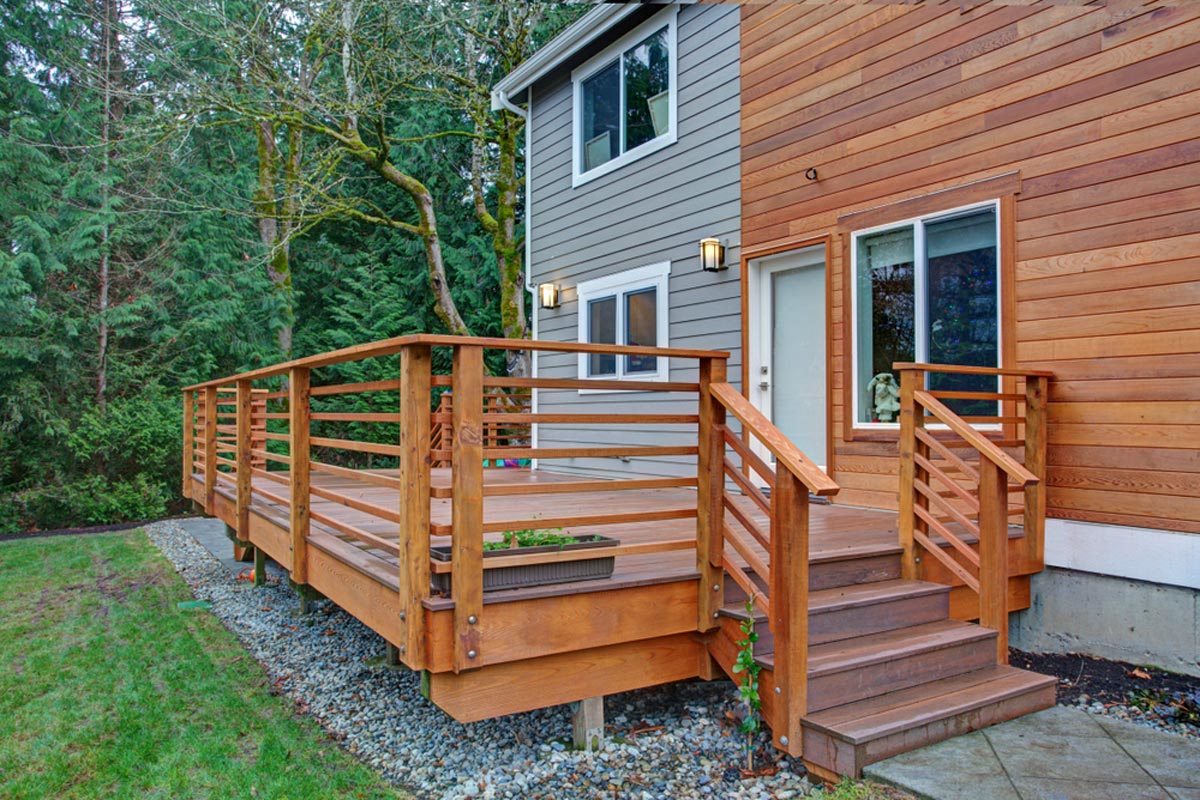
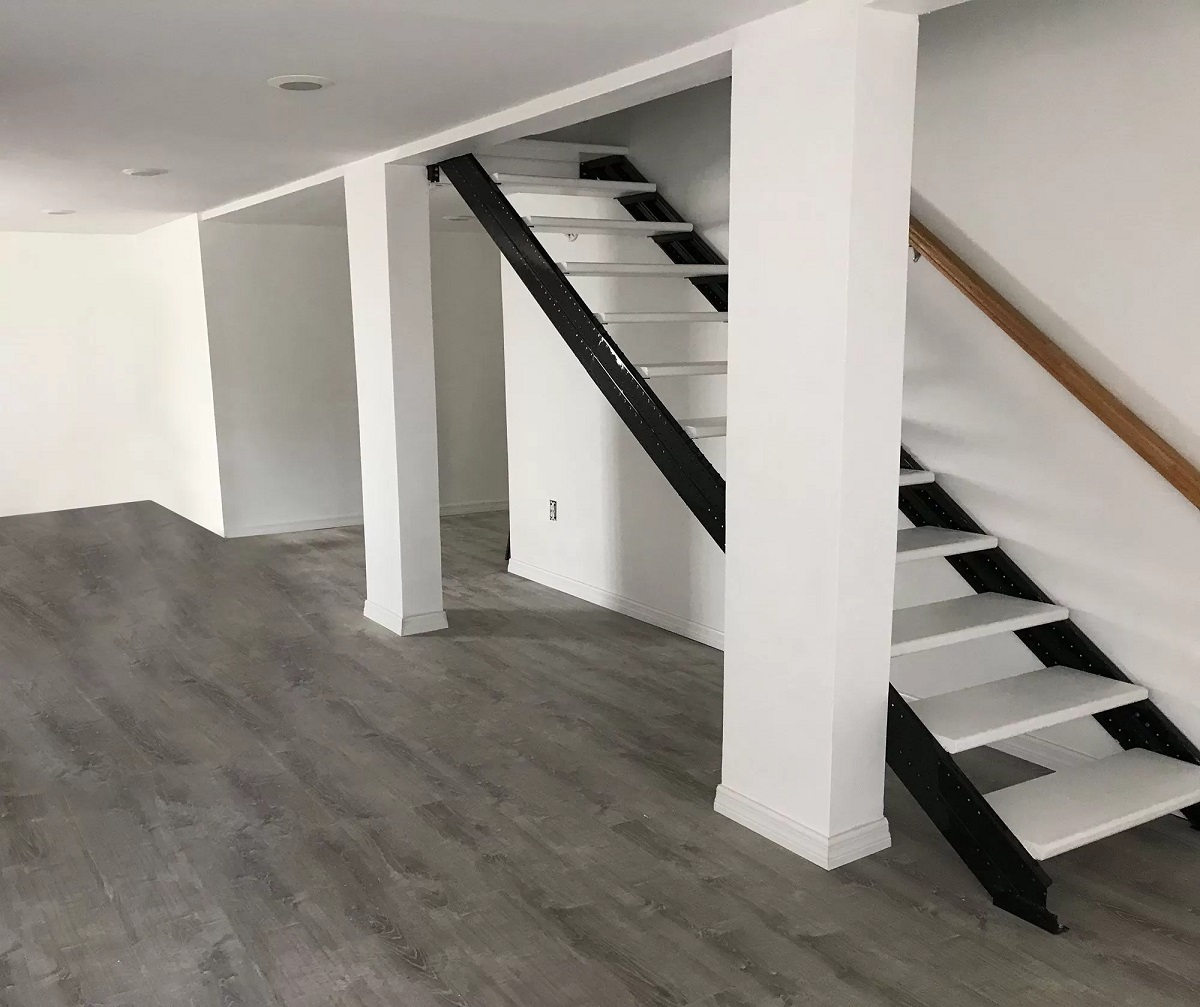
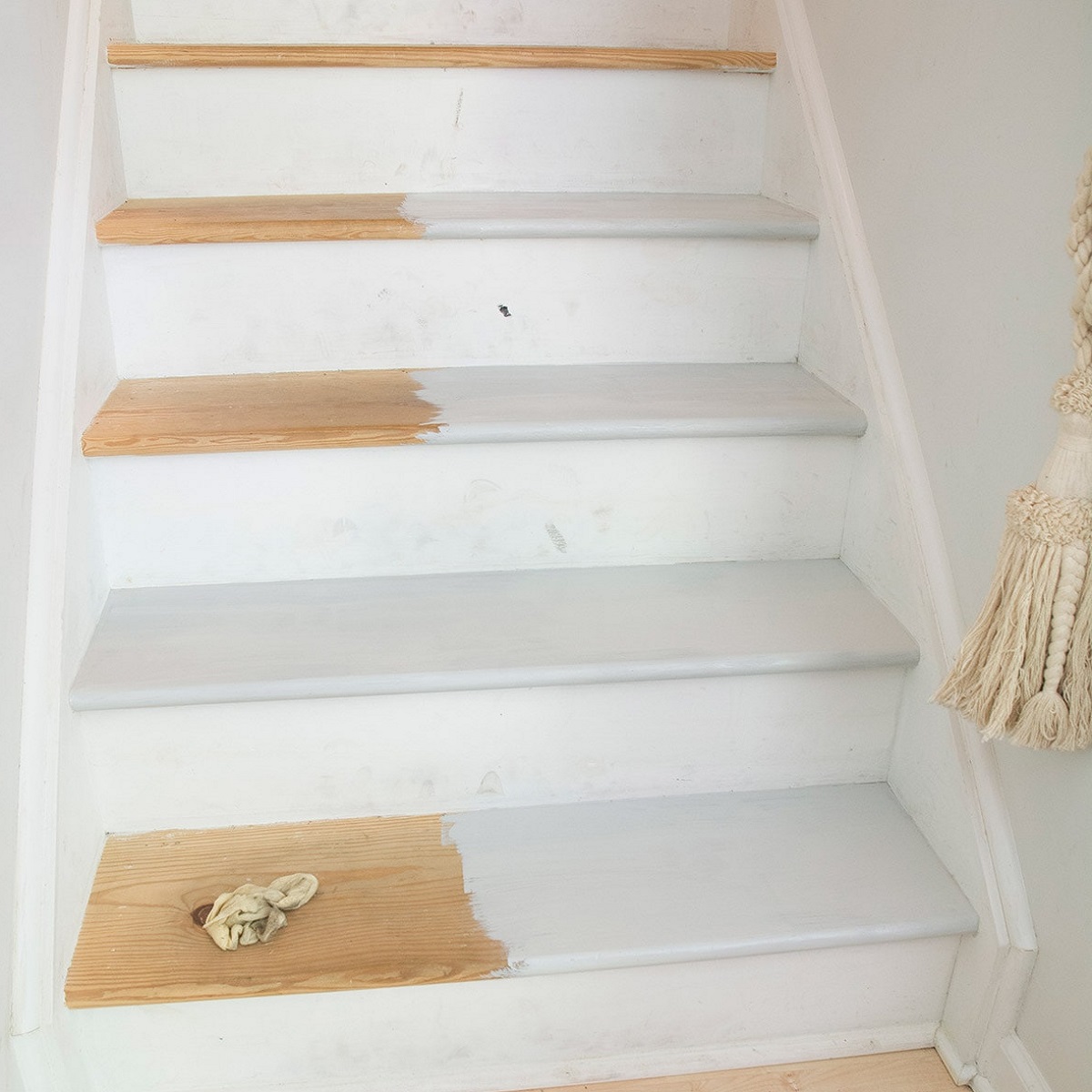
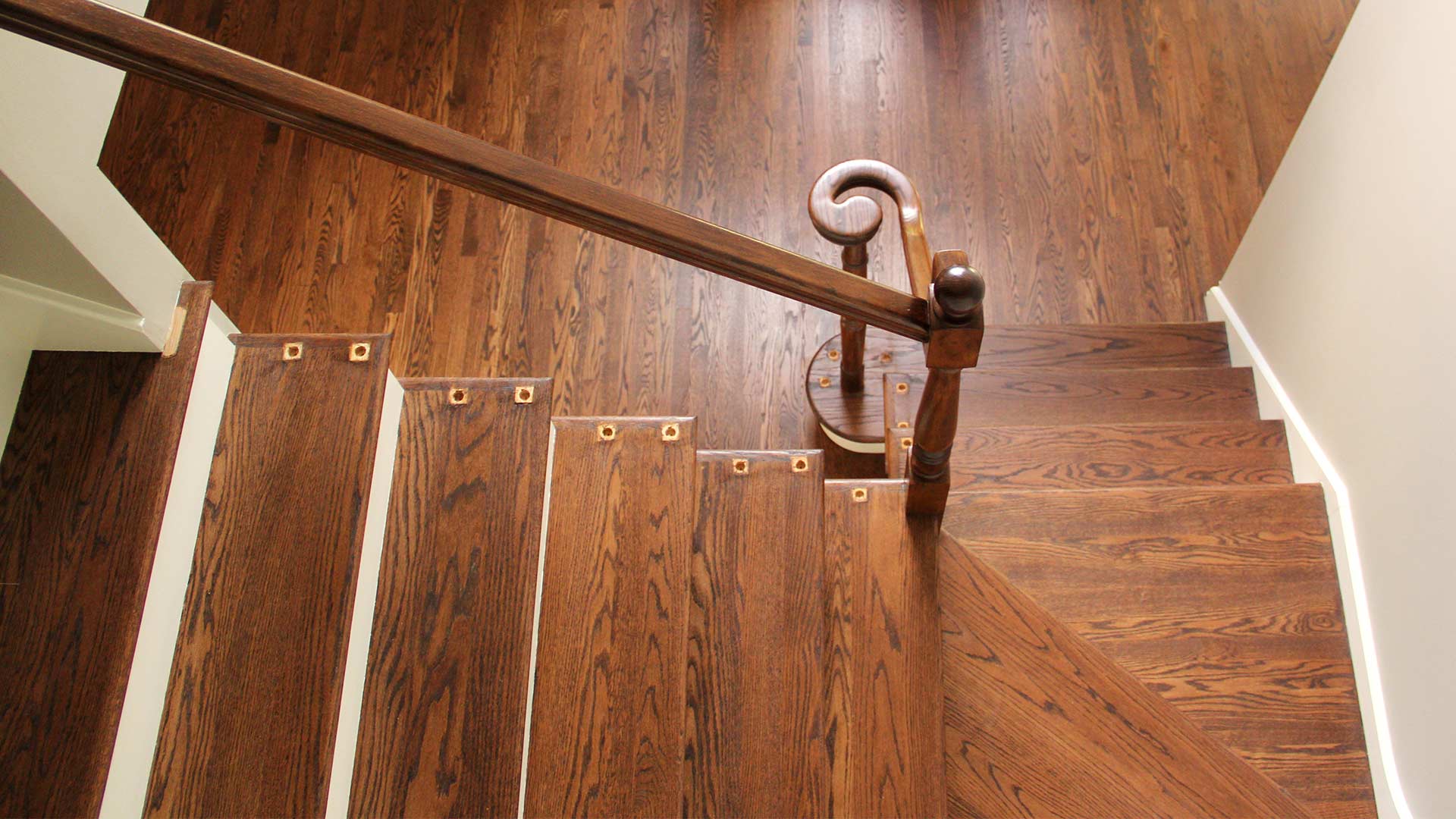
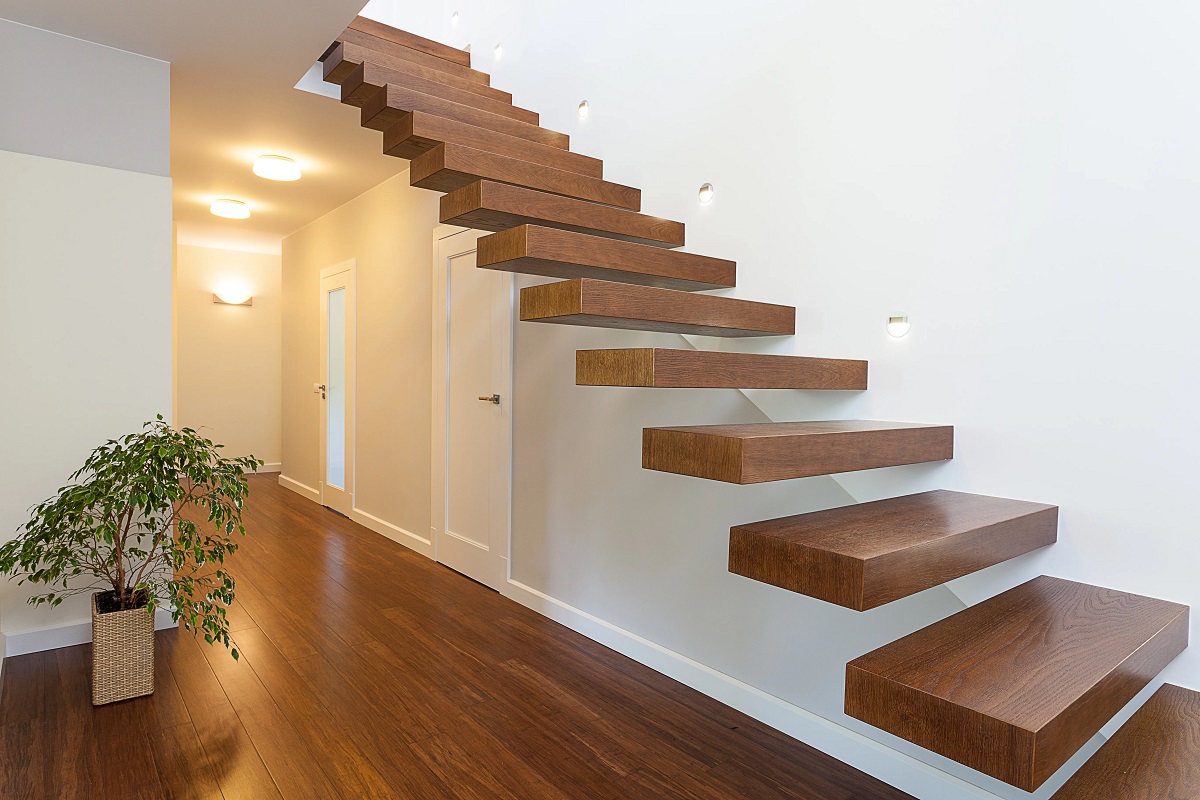
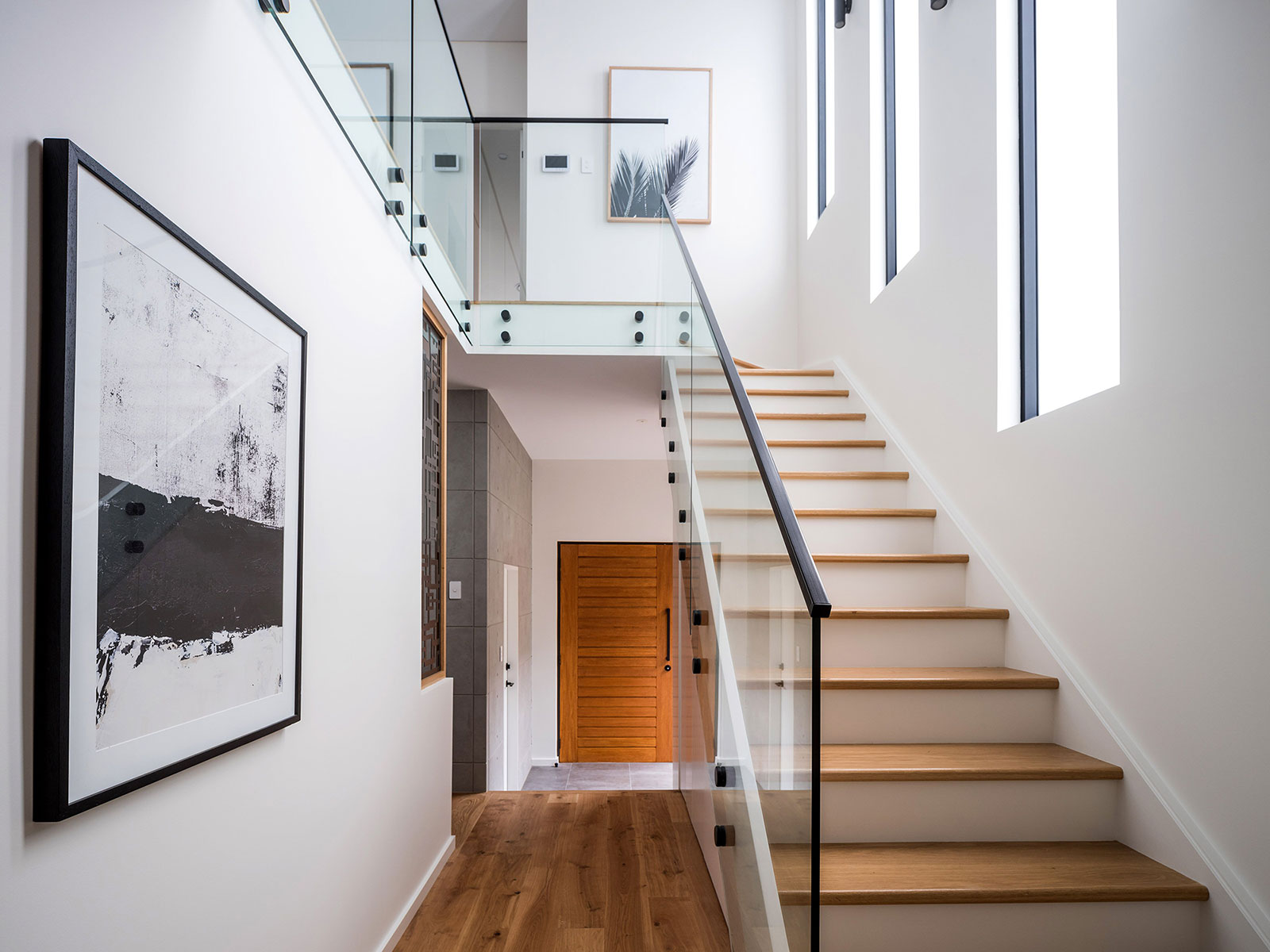





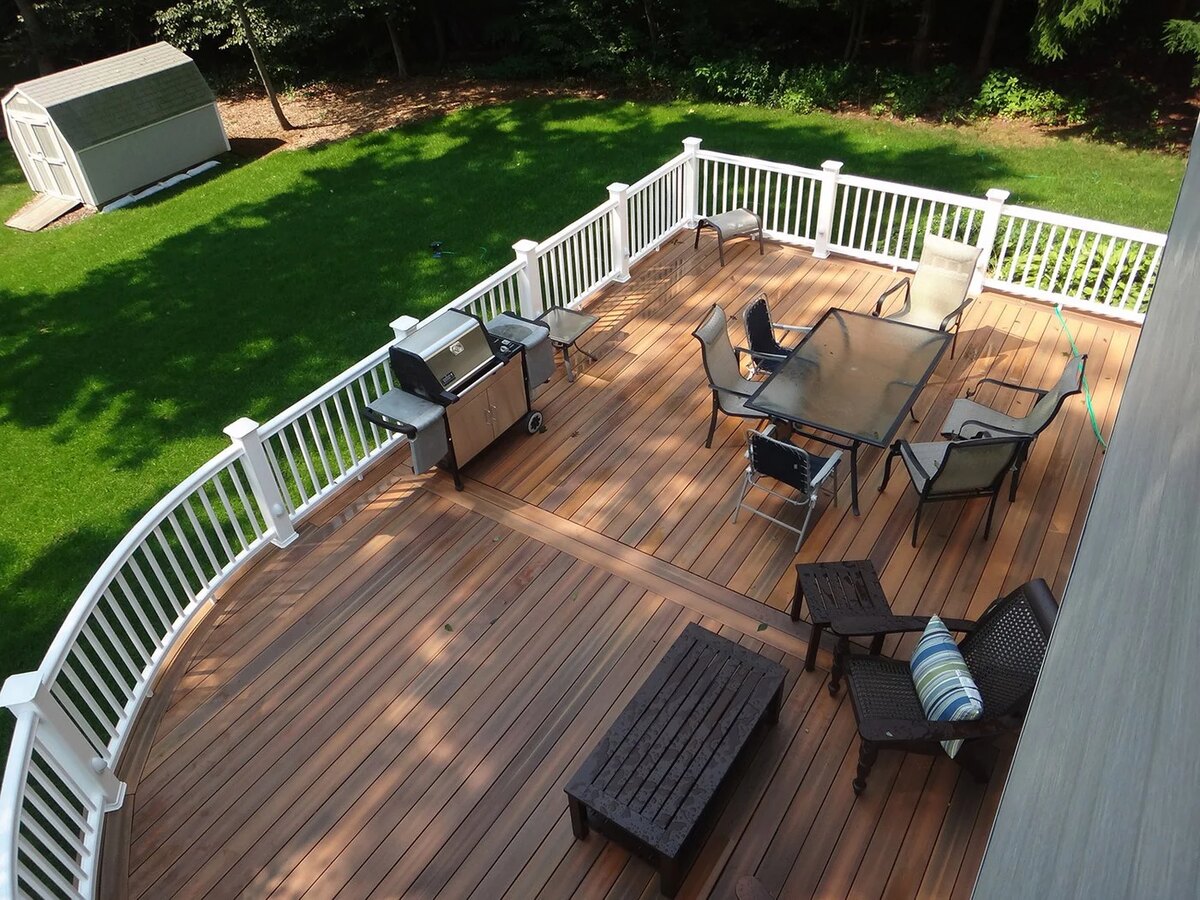


0 thoughts on “How Much Does It Cost To Refinish Stairs”